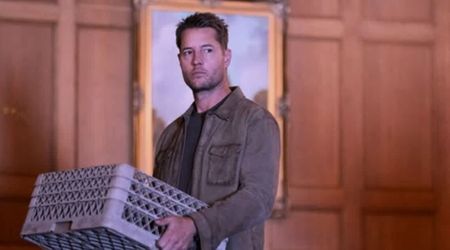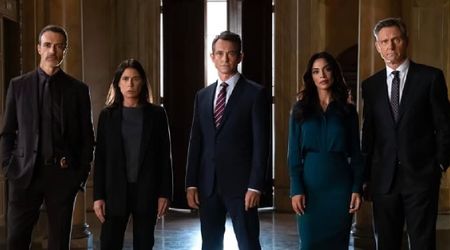'Knightfall' Season 2: The true story behind the religious Knights Templar, their military crusades and unreal quest for the Holy Grail

The countdown for season 2 of 'Knightfall' has begun, as this era of period dramas has made the History Channel one of the best TV networks. With 'Vikings' coming to an end with season 6, 'Knightfall' is expected to be the next flagship for all the right reasons. The gripping story of medieval religious warriors, sworn to protect Christians and the Holy Land while carrying out military operations have initiated a wide fanbase.
The show, which first premiered in 2017, begins with the organization of the Knights Templar at the height of its glory, just before its downfall. Season 1 ended with King Philip IV of France (Ed Stoppard), murdering his wife, Queen Joan (Olivia Ross), as she pleaded for her lover, the Knights Templar leader, Landry (Tom Cullen) to be saved. Her unborn child was saved by the Holy Grail, but Landry broke the holy relic in rage. In it was found a vial with a list of names, featuring even Landry's.










